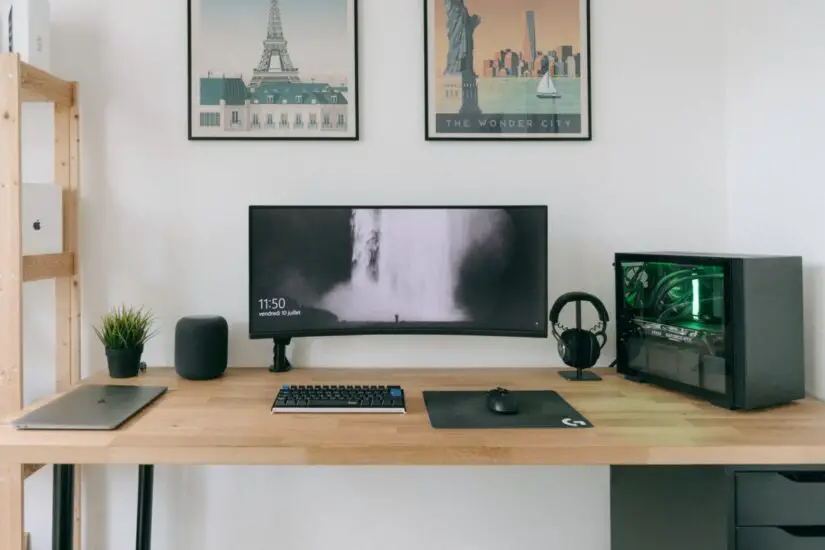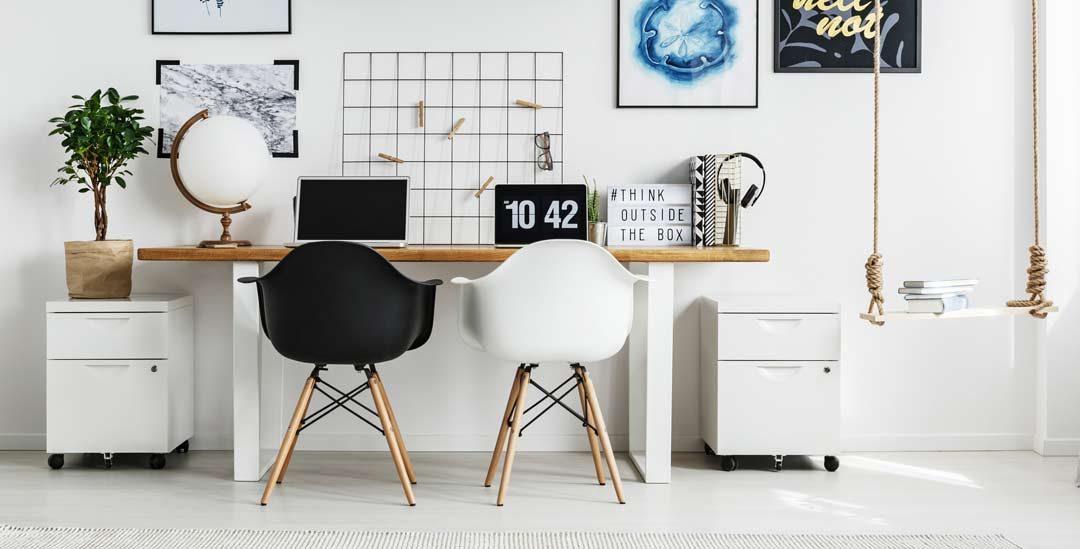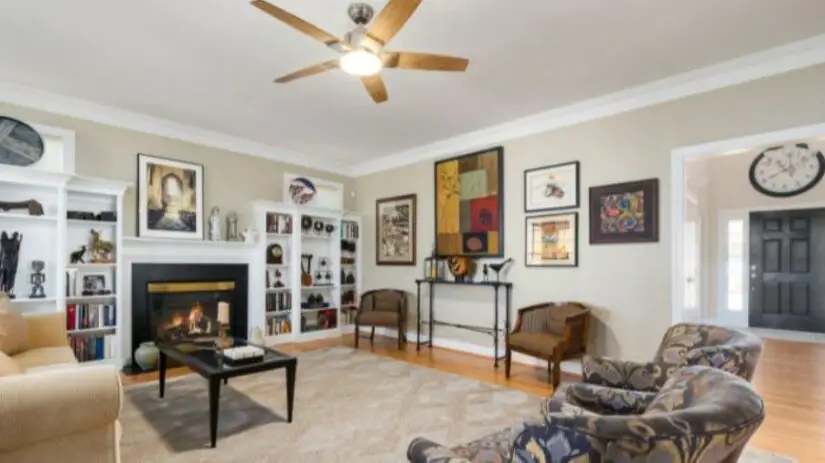As the work-from-home fever catches on, you’ll certainly need to think about acquiring the best monitor for your home office.
Granted, all monitors work the same way. However, a few nuances like the size of the screen, color, and accessories can make all the difference. Even the screen resolution can change how you work. Any little impact on your speed, accuracy, or efficiency can affect your productivity and ultimately determine whether you keep the job/client.
To this end, we’ve identified several critical factors to consider when choosing a laptop for your home office.
Screen size
The first thing you need to consider when choosing a monitor for work-from-home is the size of the screen. Computer monitors come in a wide range of sizes, from 2.5 inches to 75 inches. However, many workers prefer screen sizes between 14 inches to about 40 inches, depending on several factors.
We recommend getting one between 24 and 27 inches, as this size range offers the greatest comfort while promoting productivity. Remember that computer monitor screen sizes are measured diagonally, not horizontally or vertically.
Resolution
Resolution means the number of pixels per square inch. So, how’s this important? Because pixel concentration directly determines the clarity/sharpness of images on the screen. So, you should aim for the highest resolution possible to view those reports, documents, and files more clearly. Resolution is calculated as the number of horizontal pixels per inch multiplied by the number of vertical pixels per inch.
Although computer screens come in a wide range of resolutions, we recommend getting a 4K screen or 1440 screen. 4K screens pack 3,840 x 2,160 pixels per square inch and are crisp clear, albeit expensive. Meanwhile, 1440p screens pack 2,560 x 1,440 pixels per square inch and are very sharp without burning a hole in your pocket.
Connectivity
Connectivity is also very important because you need to link the monitor to other computing decides, including the CPU, printers, portable storage devices such as USB disks, etc. You may also want a screen that connects to Wi-Fi networks, so you can stream content easily and attend those Zoom meetings without problems.
However, since you can’t have all the connectivity features, we recommend focusing on the most critical ones. First, make sure the monitor has HDMI ports and Type-C connectivity. Then check whether it has USB-C ports to connect your flash drives. Anything else is a bonus.
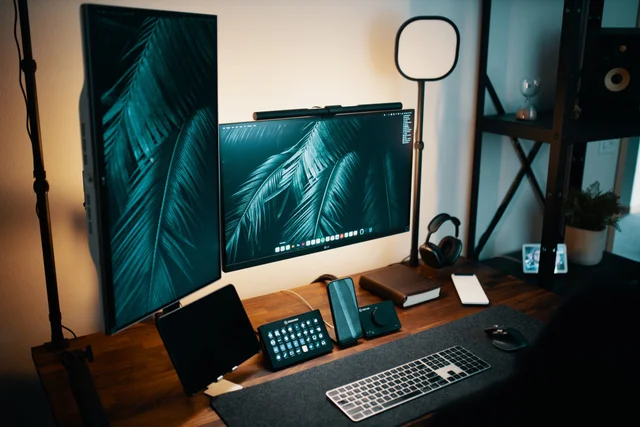
Optimal height (or adjustable)
Imagine sitting at your work desk, preparing to attend a video meeting. Then you suddenly discover that the monitor is higher than your eye level, meaning you have to tilt your head up to see the screen. Or maybe it’s the opposite. Maybe it’s too low that you need to stack books under it to raise it to your eye level. What an embarrassment!
An easy way to avoid this problem is to buy the right-height monitor or opt for an adjustable one. Luckily, most modern monitors adjust vertically between 100-150mm (10-15cm). Others even tilt and swivel, and others pivot 90 degrees into portrait mode. The choice is yours.
Collaboration tools
Working from home means you’ll need to collaborate on projects with other workers working from home. As a result, you need both a collaborative environment and collaborative tools. The best computer monitors come with several built-in collaborative tools, so you don’t have to buy them separately.
In particular, you should strongly consider getting a monitor with a camera, a reliable microphone, and powerful speakers. This will allow you to attend video conferencing calls with confidence. More importantly, make sure the webcam is of the highest quality. The best webcam has the highest resolution, video compression, and field of view possible.
Price
Finally, price is another vital factor when choosing a monitor for your home office. So, what’s a good price for a quality work-from-home computer monitor? Unfortunately, there’s no one right answer. Instead, it depends on your goals, type of work, and many other factors.
For instance, writers, data entry, and secretarial positions don’t require the most powerful monitors. So, you can do with a mid-range monitor priced between $300 and $700 when working in any of these fields. On the other hand, computer designers, engineers, and architects need powerful computer systems that typically cost $2,000+. A graphics designer, for instance, needs a high-resolution monitor. Otherwise, you’re staring at low-quality work, translating to customer disillusionment.
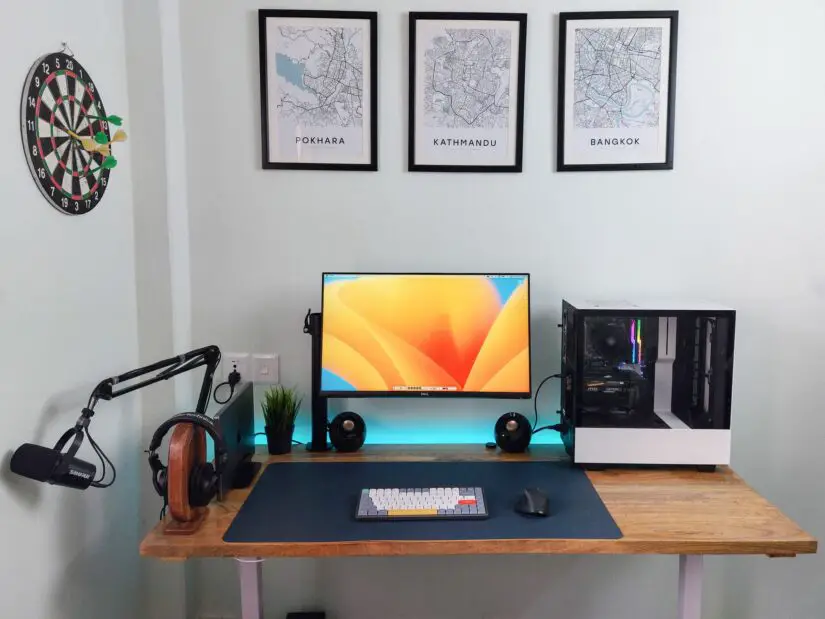
Summary
There are many other factors to consider when choosing a monitor for your home office, including refresh rate, panel technology (In-Plane Switching (IPS), Twisted Nematic (TN), and Organic Light Emitting Dione (OLED)), brightness, and color gamut. However, you should begin by getting the above six factors right.
